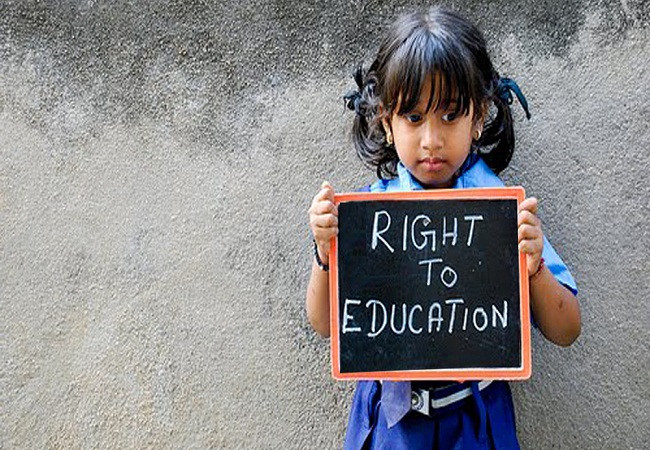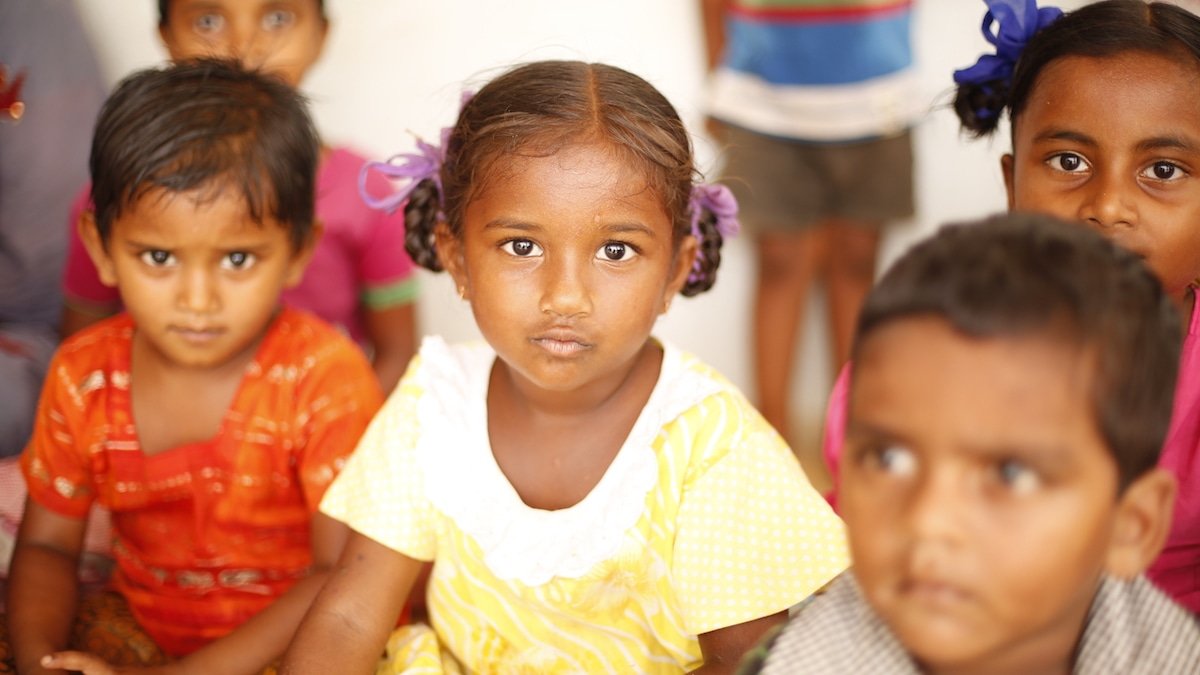Analysing Education Data from 1.4 Million Schools
Introduction:
After India introduced the Right to Education (RTE) Act eight years ago, just 8% of schools are following its rules. Working together with Oxfam India, Socialcops and Oxfam took on an important mission to bring attention to this problem. Their plan was to make a dynamic scorecard that shows which districts are doing well and which ones need to do better when it comes to following the RTE rules.
Background:
Even though the RTE Act was introduced in 2009 to set important rules for schools, only 8% of Indian schools were following all the rules by 2015. To tackle this issue, Oxfam India started the "Haq Banta Hai" campaign. The goal was to make people aware and encourage schools to follow all the RTE rules, especially focusing on things like having the right number of teachers for students and providing proper facilities like toilets.
The Challenge:
Making people aware of education problems needed a thoughtful plan.Oxfam India and Socialcops wanted to create a special scorecard that shows how well each district is doing. This scorecard wasn't just for letting the public know; it was also meant to tell Members of Parliament where their districts needed to do better.
The Solution:
To solve this problem, Oxfam India and Socialcops joined forces to think up and make a scorecard that uses data to show how well RTE rules are being followed. They collected information from 1.4 million schools, checked how each district was doing, and shared the results on a dashboard that everyone could see and understand.
-
Implementation Process
(Key Features)-
Collecting Information:
They gathered details from all 1.4 million schools, checking things like how many students each teacher has and if there are proper toilet facilities.
-
Creating Scores:
Their data experts carefully cleaned and double-checked the information. Then, they gave importance to each aspect to create a detailed score for how well each district follows RTE rules.
-
Showing the Information:
They used a user-friendly dashboard to display the details. This made it easy to compare districts, search for specific details, and interact with a scorecard.
-
Results:
The campaign did really well, getting over 430,000 signatures in support. The interactive scorecard showed where things could get better and pointed out districts doing great in following RTE rules. This helped people learn more and be more involved.
This case study shows how we use data to make a positive difference in society, especially in helping education rights in India move forward.
Gratitude:
Thanks a lot, Socialcops and Oxfam, for teaming up and making a difference in Indian education! I made this case study by rewriting the original from [Original Case Study Link]. I simplified it and said things again, being thankful for the ideas in the original.


No Comments